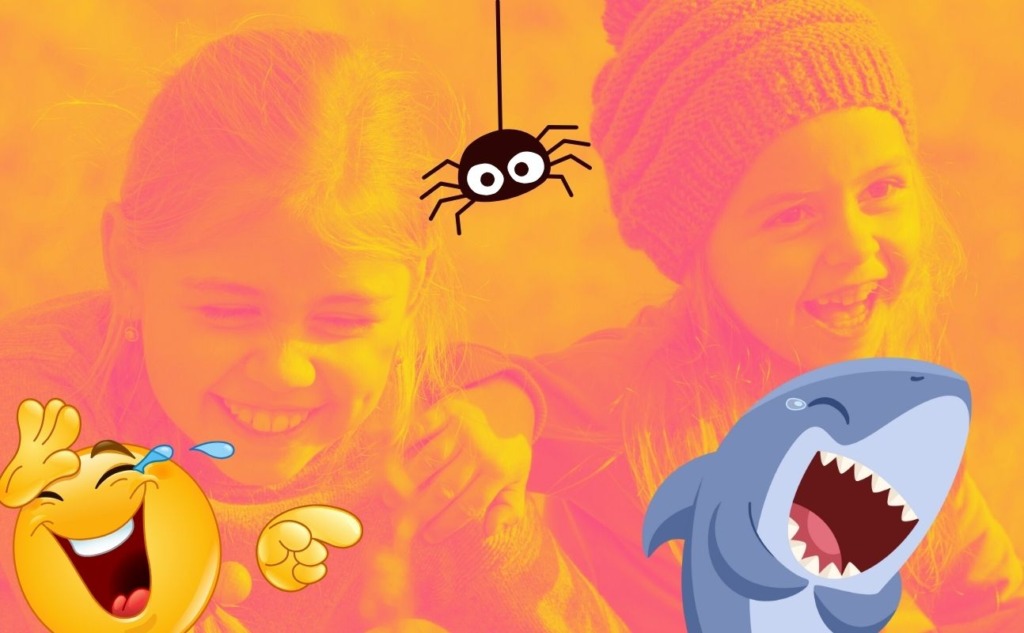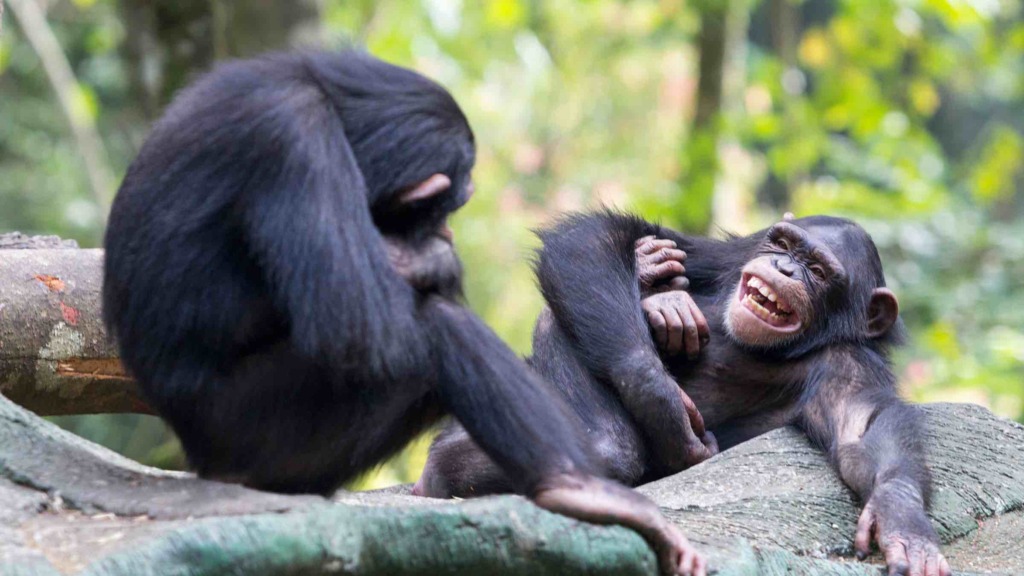
How do we know when something is funny?
That might seem like a simple question, but understanding how humor works is actually pretty complicated. Telling a joke that makes people laugh requires several things. We need to know what is socially okay and what pushes boundaries. We need to predict how others will react to the joke (Will they think it is funny?), and we need to be a little spontaneous (unplanned or impulsive).
Research on what makes humor work is mostly done on humans. But now a group of scientists has found evidence of behavior called playful teasing in our relatives, the great apes.
The researchers studied chimpanzees, gorillas, bonobos, and orangutans in zoos. Playful teasing involves the teaser performing actions such as poking, hitting, or pulling on a body part in a playful rather than an aggressive way.
Primatologists, including Jane Goodall, have described wild great apes as being silly and pestering others. This is the first study though to describe playful teasing in several zoo-housed great ape species.
Chimpanzees:

The researchers studied videos of interactions between the members of each ape group to identify events that met definitions of teasing and play. Each group of apes studied had at least one juvenile, aged 3-5 years, that the videos focused on.
The study identified 18 observed behaviors that the researchers categorized as playful teasing, such as poking, pulling on a body part, hitting, and body slamming. The researchers watched 75 hours of video and observed 142 playful teasing events. Who do you think did most of the teasing, kid apes or adult apes?
If you guessed kid apes, you guessed right. Juvenile apes started most of the playful teasing, and their targets were mostly adults.
Orangutans:

“They were doing an action, let’s say poking or jumping on someone, and then they would always look into the face of the target,” said the lead researcher, Isabelle Laumer from the Max Planck Institute of Animal Behavior, Germany.
Isabelle and her team observed that the juvenile apes constantly watched the adults as they teased them to make sure that their teasing behavior did not cause a fight or enrage the adults. Isabelle said “I was surprised and fascinated by it.”
The researchers found differences between play behavior in the apes and playful teasing. Play is highly reciprocal (both apes involved take part in it). Play involves signals like hand raising, head butting, and making a play face. Playful teasing is more one-sided. In nearly a quarter of interactions, the teaser surprised their target by approaching them from behind.
Gorillas:

Juvenile apes mainly targeted adults for teasing, and they picked on specific individuals. “It was actually very intentional behavior because they approached one specific individual,” Isabelle Laumer said. “It was not random.”
The study sheds light on the evolutionary history of humor. The common ancestors of apes and humans likely had the ability to playfully tease each other. That means that our skill at teasing our friends, siblings, and parents goes back a long time … at least 13 million years ago!
David Brown adapted this story for Mongabay Kids. It is based on an article by Spoorthy Raman, published on Mongabay.com:






